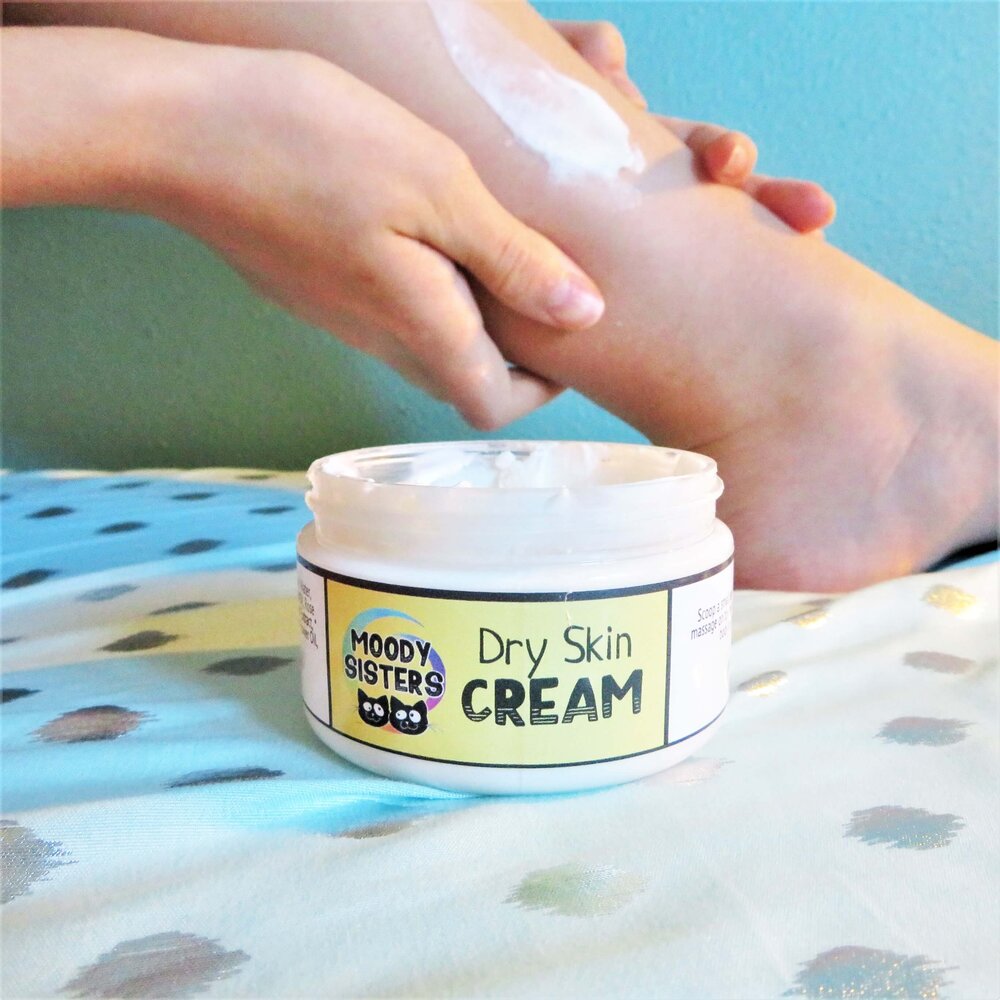Dry skin is a common problem that affects people of all ages and skin types. It can be caused by various factors, including harsh weather conditions, low humidity levels, long hot showers, and the use of harsh soaps and skincare products. To combat dry skin, many people turn to moisturizers, including body lotions, to help hydrate and nourish the skin. But how exactly do these products work, and what ingredients are essential to their effectiveness? In this article, we will dive into the science behind moisturizing and understand the mechanisms behind body lotions for dry skin.
The Function of the Skin Barrier
To understand how body lotions work, it’s essential to know how the skin functions. The skin is our body’s largest organ and plays a crucial role in protecting us from the outside world. It acts as a barrier between our body and the environment, keeping harmful substances and bacteria out while retaining moisture and essential oils.
The skin barrier is made up of a thin layer of lipids (fats) that help to retain moisture and prevent water loss. This layer is crucial in maintaining skin hydration, as without it, the skin would become dry, rough, and prone to irritation and infection.
The Science of Moisturizing
Moisturizing products work by improving the skin’s ability to retain moisture. They do this by adding moisture to the skin and forming a barrier that helps to lock in that moisture. This results in hydrated, soft, and supple skin.
Body lotions contain a combination of ingredients, including humectants, emollients, and occlusive agents, that work together to moisturize the skin.
- Humectants
Humectants are substances that attract and hold onto water. They work by drawing moisture from the air and into the skin, hydrating it from within. Some common humectants used in body lotions include glycerin, hyaluronic acid, and urea. These ingredients help to increase the skin’s hydration levels and prevent moisture loss.
- Emollients
Emollients are oils and fats that work by smoothing and softening the skin. They help to fill in any gaps in the skin’s barrier, preventing moisture from escaping and keeping the skin hydrated. Some common emollients used in body lotions include petrolatum, mineral oil, and shea butter.
- Occlusive Agents
Occlusive agents form a physical barrier on the skin’s surface that prevents water loss. They work by creating a protective film that locks in moisture and protects the skin from environmental damage. Some common occlusive agents used in body lotions include beeswax, paraffin, and silicones.
The Importance of Ingredients
The effectiveness of body lotions depends on the quality and quantity of the ingredients used. Choosing a lotion with a high concentration of effective ingredients will provide better hydration and skin protection. However, it’s also important to be mindful of ingredients that can be harmful to the skin, such as fragrances, alcohol, and synthetic preservatives. These ingredients can cause irritation and dryness, making the problem of dry skin even worse.
Moisturizing 101
When choosing a body lotion, it’s essential to look for products with a high concentration of effective ingredients and to avoid ingredients that can be harmful to the skin. By understanding the science behind moisturizing, individuals can make informed decisions about their skincare routine and find the right body lotion to meet their specific needs.
It’s essential to moisturize the skin regularly to maintain its health and prevent dryness, itching, and discomfort. A daily routine of applying a nourishing body lotion after a shower or bath can provide long-lasting hydration and protect the skin from environmental damage.
In addition to using a high-quality body lotion, it’s also important to maintain a healthy lifestyle, which includes drinking plenty of water, eating a balanced diet, and avoiding harsh soaps and hot showers. By taking care of the skin both internally and externally, individuals can achieve soft, smooth, and hydrated skin that looks and feels healthy and youthful.
It is also important to consider the skin type when choosing a body lotion. Some lotions may contain ingredients that are not suitable for sensitive skin or those with specific skin conditions, such as eczema or psoriasis. In these cases, it may be necessary to consult with a dermatologist to find a lotion that is both effective and safe for the individual’s skin type.
Furthermore, the climate and environment can also play a role in the choice of body lotion. For example, in dry and cold weather, a heavier and more occlusive lotion may be necessary to provide additional hydration and protection. In warmer and more humid climates, a lighter lotion may be sufficient to maintain skin hydration.
Conclusion
In summary, the science behind moisturizing involves a complex interplay of factors, including the function of the skin barrier, the role of different ingredients, and the importance of maintaining a healthy lifestyle and choosing the right body lotion for one’s skin type and environment. By understanding the science behind moisturizing, individuals can make informed decisions and find the body lotion for dry skin. For more information, contact the experts at Dermal Therapy.

